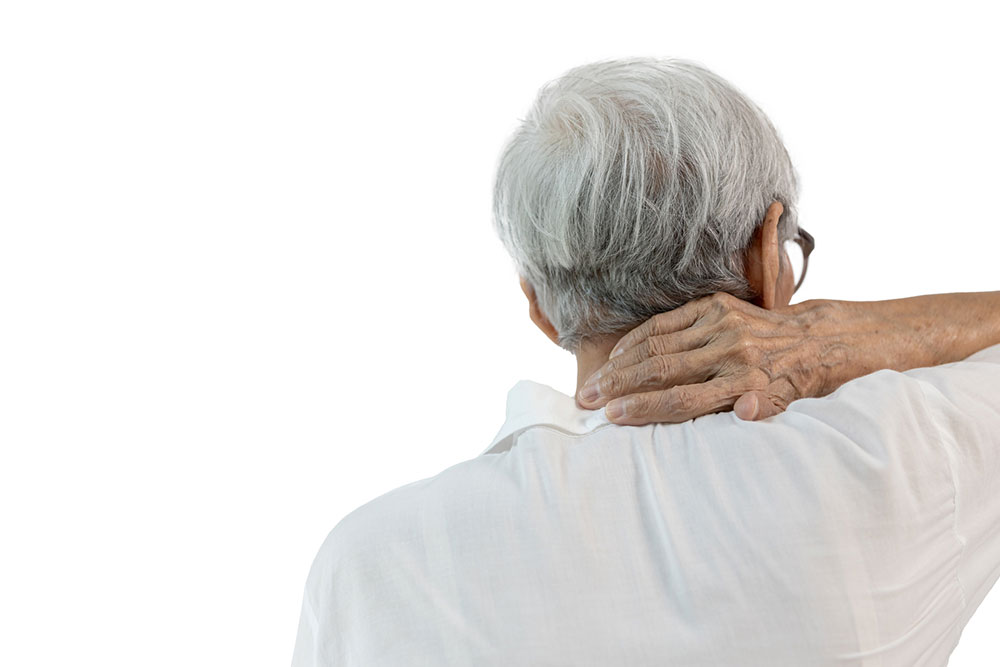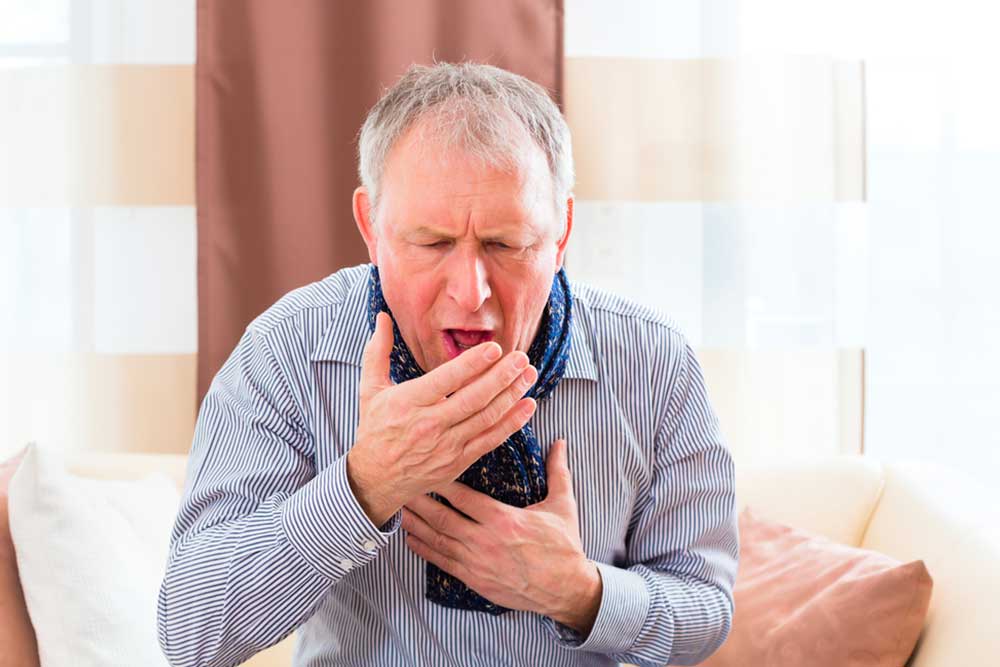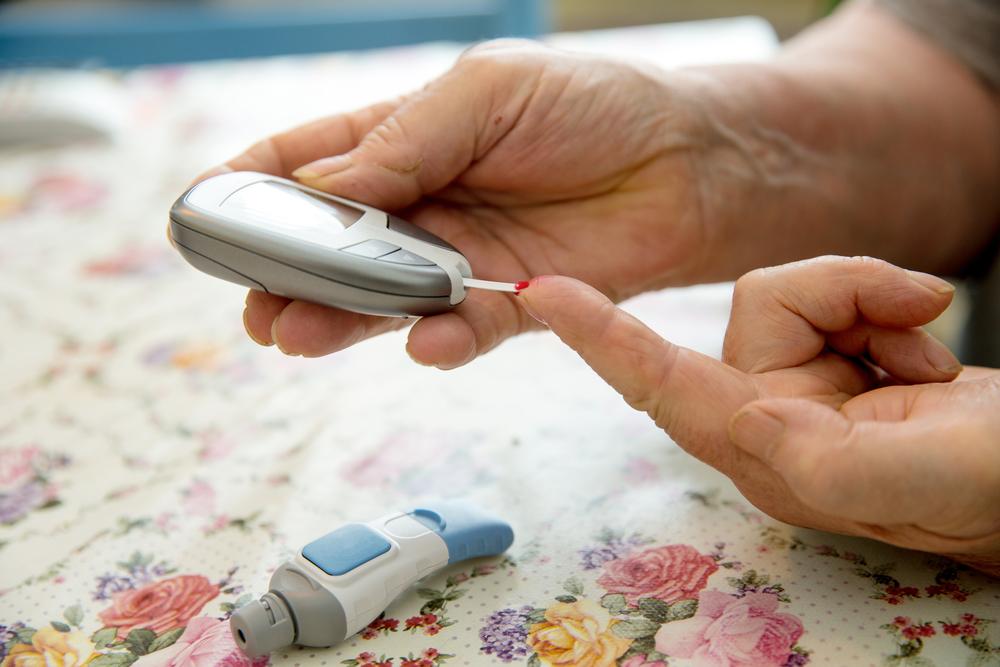Recognizing Early Signs and Care Strategies for Cervical Degeneration
Cervical spondylosis, a common age-related spinal condition, manifests through symptoms like neck pain, stiffness, and coordination issues. Early recognition of signs such as pain, stiffness, tingling, and weakness is crucial. Management includes physical therapy, medication, and lifestyle modifications to alleviate symptoms and prevent progression. Surgical options are rare and reserved for severe cases. Maintaining a healthy lifestyle and seeking timely medical advice can help individuals live comfortably despite the condition.
Sponsored

Age-related degeneration of the cervical spine, known as cervical spondylosis, impacts the intervertebral discs and surrounding bones. This chronic condition, common among those over 60, results from wear and tear, leading to stiffness and discomfort in the neck. Early detection and management are key to maintaining quality of life.
What Leads to Cervical Degeneration? Also called neck osteoarthritis, this condition mainly arises from aging-related deterioration of bones and cartilage. Bone spurs may form as the body attempts to reinforce the spine, which can further compress nerves. Factors like dehydrated discs, injuries, heavy lifting, or ligament stiffness also contribute.
Symptoms often appear earlier than expected, even before age 30, due to early disc wear and tear. Recognizing these signs is essential for timely intervention.
Early warning signs include:
Discomfort in the neck, shoulders, arms, or back, which worsens with movement or physical activity.
Stiffness in the neck, reducing flexibility and mobility.
Feeling unsteady or experiencing balance issues due to nerve compression.
Tingling, numbness, or a pins-and-needles sensation in the limbs.
Possible loss of bladder or bowel control if the spinal cord is severely affected.
Weakness in muscles, making gripping or lifting objects difficult.
Additional signs can include headaches at the back of the head or general weakness in limbs. Some individuals may remain asymptomatic despite having degeneration. Proper management can help control symptoms and prevent progression.
Management options focus on relieving pain, supporting spinal health, and improving function:
Physical therapy to strengthen neck and shoulder muscles.
Medications like muscle relaxants to reduce spasms and pain.
Applying heat or cold packs to ease stiffness and inflammation.
Use of neck collars for short-term relief, avoiding long-term reliance to maintain muscle strength.
Surgical intervention to remove bone spurs or herniated discs in advanced cases, restoring space for nerves and the spinal cord.
Leading a healthy lifestyle, including regular exercise, gentle massage, and maintaining good posture, can significantly reduce risks and manage mild symptoms. Early detection and appropriate care are vital for a normal, active life.






